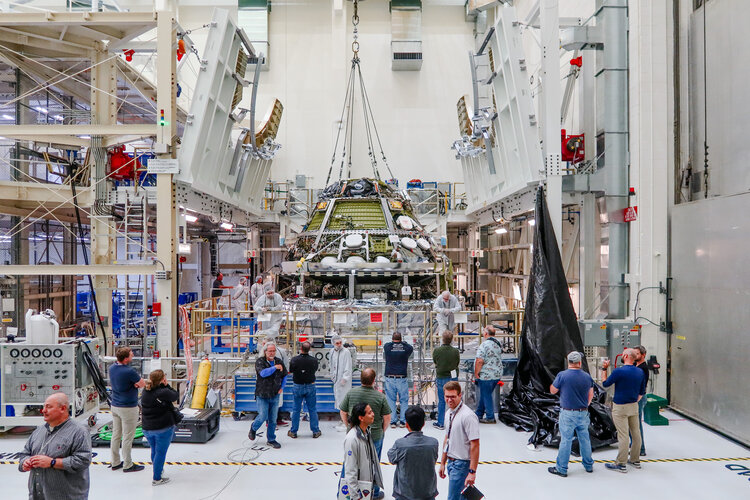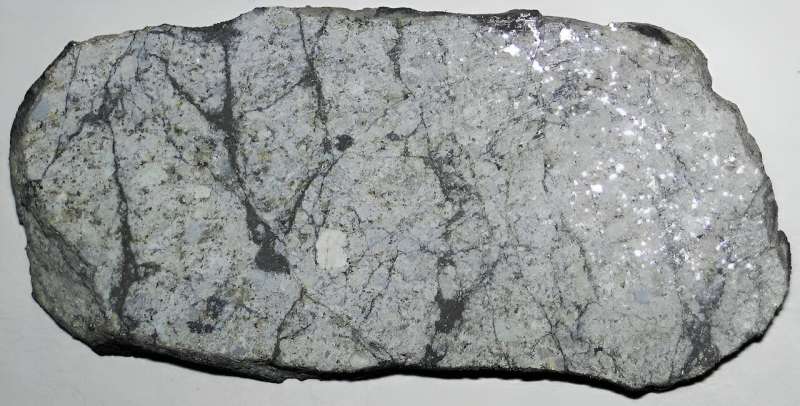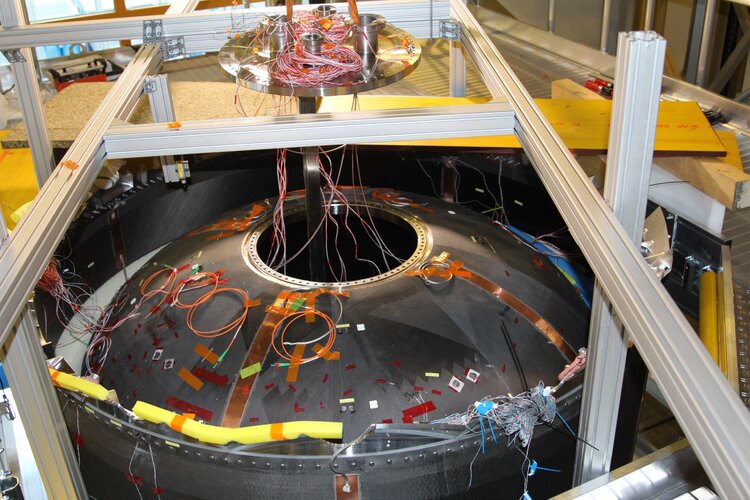
Copernical Team
China able, ready to invite foreign astronauts to its space station
 China is able and ready to invite foreign astronauts to participate in China's space station flight missions, announced a senior official from the China Manned Space Agency (CMSA) at a press conference on Wednesday.
"We extend an invitation to the world and welcome all countries and regions committed to the peaceful use of outer space to cooperate with us and participate in the Chinese spa
China is able and ready to invite foreign astronauts to participate in China's space station flight missions, announced a senior official from the China Manned Space Agency (CMSA) at a press conference on Wednesday.
"We extend an invitation to the world and welcome all countries and regions committed to the peaceful use of outer space to cooperate with us and participate in the Chinese spa Final rehearsal for Shenzhou XVII flight completed
 The final all-systems rehearsal for China's upcoming manned Shenzhou XVII spaceflight took place on Tuesday morning, according to China Central Television.
Organized by the Beijing Aerospace Control Center - the Jiuquan Satellite Launch Center, the Xi'an Satellite Control Center and spacecraft tracking ships simulated all the processes for the spaceflight, the State broadcaster said, addin
The final all-systems rehearsal for China's upcoming manned Shenzhou XVII spaceflight took place on Tuesday morning, according to China Central Television.
Organized by the Beijing Aerospace Control Center - the Jiuquan Satellite Launch Center, the Xi'an Satellite Control Center and spacecraft tracking ships simulated all the processes for the spaceflight, the State broadcaster said, addin China to send youngest-ever crew to space station
 China will send its youngest-ever crew of astronauts to the Tiangong space station this week, officials said Wednesday, as Beijing pursues plans for a manned mission to the Moon by the end of the decade.
Tiangong is the crown jewel of Beijing's space programme, which has also landed robotic rovers on Mars and the Moon and made China the third country to put humans in orbit.
The station i
China will send its youngest-ever crew of astronauts to the Tiangong space station this week, officials said Wednesday, as Beijing pursues plans for a manned mission to the Moon by the end of the decade.
Tiangong is the crown jewel of Beijing's space programme, which has also landed robotic rovers on Mars and the Moon and made China the third country to put humans in orbit.
The station i European Service Module for Artemis II connected to Orion vehicle

The second European Service Module was connected to the rest of the Orion spacecraft which will be used in the Artemis II mission that will bring astronauts around the Moon and back for the first time in over 50 years.
Space rocks and asteroid dust are pricey, but these aren't the most expensive materials used in science

After a journey of seven years and nearly 4 billion miles, NASA's OSIRIS-RExspacecraft landed gently in the Utah desert on the morning of Sept. 24, 2023, with a precious payload. The spacecraft brought back a sample from the asteroid Bennu.
Roughly half a pound of material collected from the 85 million-ton asteroid (77.6 billion kg) will help scientists learn about the formation of the solar system, including whether asteroids like Bennu include the chemical ingredients for life.
NASA's mission was budgeted at US$800 million and will end up costing around $1.16 billion for just under 9 ounces of sample (255 g).
Crunch time for Phoebus

Launching things into space is hard. Aside from the engines and software, orbital calculations and the launch pad, the tanks that hold the fuel are a masterful example of engineering in their own right – and ESA will soon be testing the next generation of rocket tanks: Phoebus.
Researchers developing 'revolutionary' multi-material for light-based 3D printing
 The U.S. National Science Foundation (NSF) is looking for materials that "revolutionize and engineer our future." Researchers at Iowa State University and the University of California, Santa Barbara think they can do just that by fundamentally changing Digital Light Processing - a type of 3D printing that users light rather than heat to quickly cure and harden liquid resin into plastic layers -
The U.S. National Science Foundation (NSF) is looking for materials that "revolutionize and engineer our future." Researchers at Iowa State University and the University of California, Santa Barbara think they can do just that by fundamentally changing Digital Light Processing - a type of 3D printing that users light rather than heat to quickly cure and harden liquid resin into plastic layers - Photonic Crystals imitate gravitational effects on light: Implications for 6G and Beyond
 In an innovative study, a multidisciplinary team of researchers has successfully altered the trajectory of light in a manner akin to the influence of gravity. The research, recently published in the journal Physical Review A, presents groundbreaking applications in the areas of optics, materials science, and notably, 6G communications technology.
Albert Einstein's theory of relativity has
In an innovative study, a multidisciplinary team of researchers has successfully altered the trajectory of light in a manner akin to the influence of gravity. The research, recently published in the journal Physical Review A, presents groundbreaking applications in the areas of optics, materials science, and notably, 6G communications technology.
Albert Einstein's theory of relativity has New technique helps robots pack objects into a tight space
 Anyone who has ever tried to pack a family-sized amount of luggage into a sedan-sized trunk knows this is a hard problem. Robots struggle with dense packing tasks, too.
For the robot, solving the packing problem involves satisfying many constraints, such as stacking luggage so suitcases don't topple out of the trunk, heavy objects aren't placed on top of lighter ones, and collisions betwee
Anyone who has ever tried to pack a family-sized amount of luggage into a sedan-sized trunk knows this is a hard problem. Robots struggle with dense packing tasks, too.
For the robot, solving the packing problem involves satisfying many constraints, such as stacking luggage so suitcases don't topple out of the trunk, heavy objects aren't placed on top of lighter ones, and collisions betwee Industry and Academia team up to accelerate Power-to-Liquid Aviation Fuels in Germany
 In a significant step towards sustainable aviation, key stakeholders in Germany's aerospace sector have come together to expedite the development and deployment of Power-to-Liquid (PtL) aviation fuels. A Letter of Intent (LoI) was signed in Berlin, sealing a comprehensive research collaboration among Lufthansa Airlines, the German Aerospace Center (Deutsches Zentrum fur Luft- und Raumfahrt; DLR)
In a significant step towards sustainable aviation, key stakeholders in Germany's aerospace sector have come together to expedite the development and deployment of Power-to-Liquid (PtL) aviation fuels. A Letter of Intent (LoI) was signed in Berlin, sealing a comprehensive research collaboration among Lufthansa Airlines, the German Aerospace Center (Deutsches Zentrum fur Luft- und Raumfahrt; DLR) 































